In rural Washington, Indiana, conversations about bicycle and pedestrian safety have gained momentum in recent years. From rural roads to city streets, residents and leaders have been exploring ways to address infrastructure gaps and potential dangers for residents going about their daily travel.
One emerging initiative, a proposed cycling corridor connecting neighborhoods to the new downtown Commons, underscored the need for deeper research and practical recommendations for the city’s transportation infrastructure.
A recent collaboration between the City of Washington and the IU Center for Rural Engagement’s Sustaining Hoosier Communities initiative brought renewed energy and fresh perspectives to making Washington safer. Graduate students from the Paul H. O'Neill School of Public and Environmental Affairs worked with local leaders to explore practical solutions for boosting safety for local travelers, whether they’re on foot, behind the wheel, or pedaling.
The project joined Clinical Assistant Professor Scott Burgins’ Planning and Community Development course, supported by a Sustaining Hoosier Communities course planning grant, with local leaders and officials. Among them was Beth Gabhart, president of the Daviess County YMCA Board of Directors.
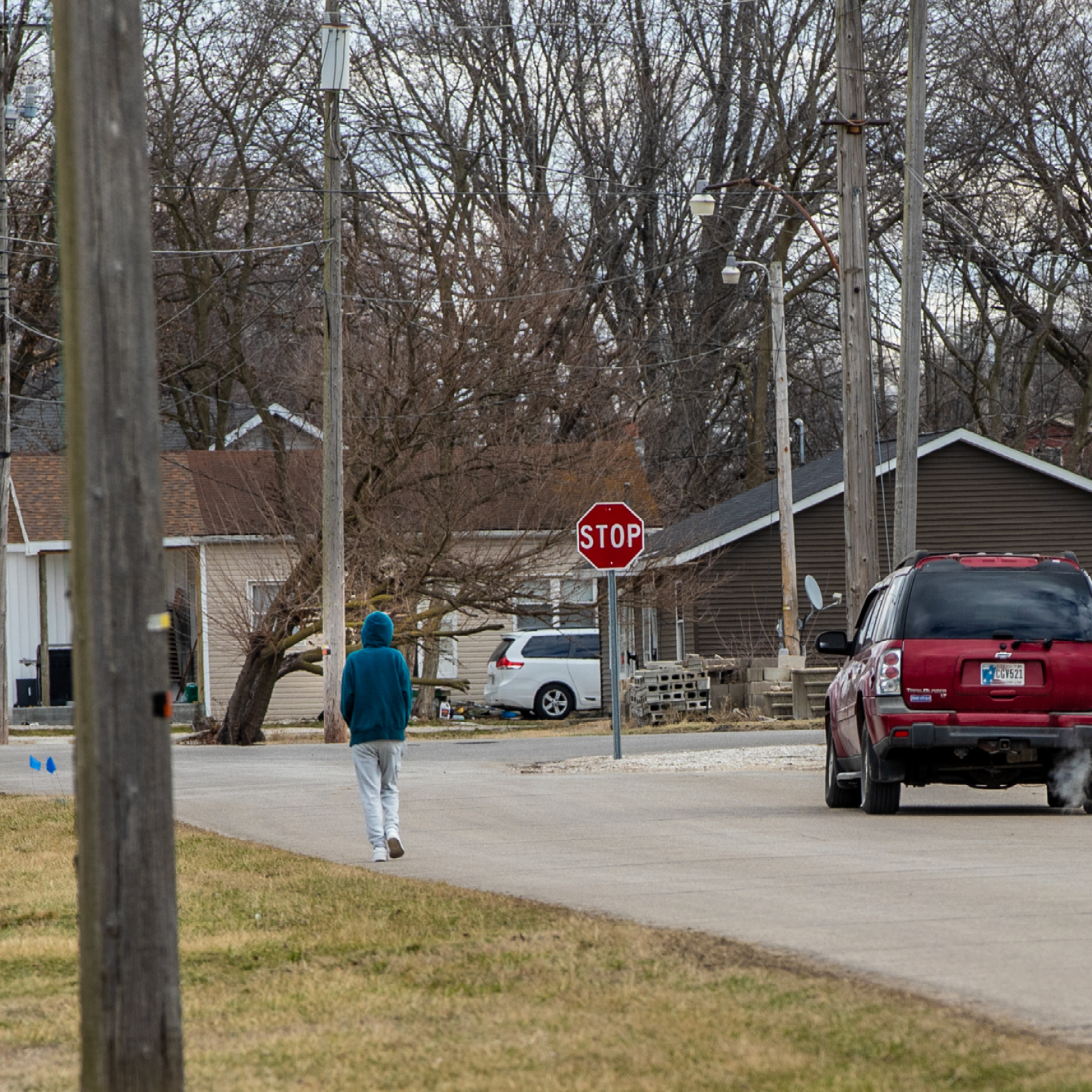
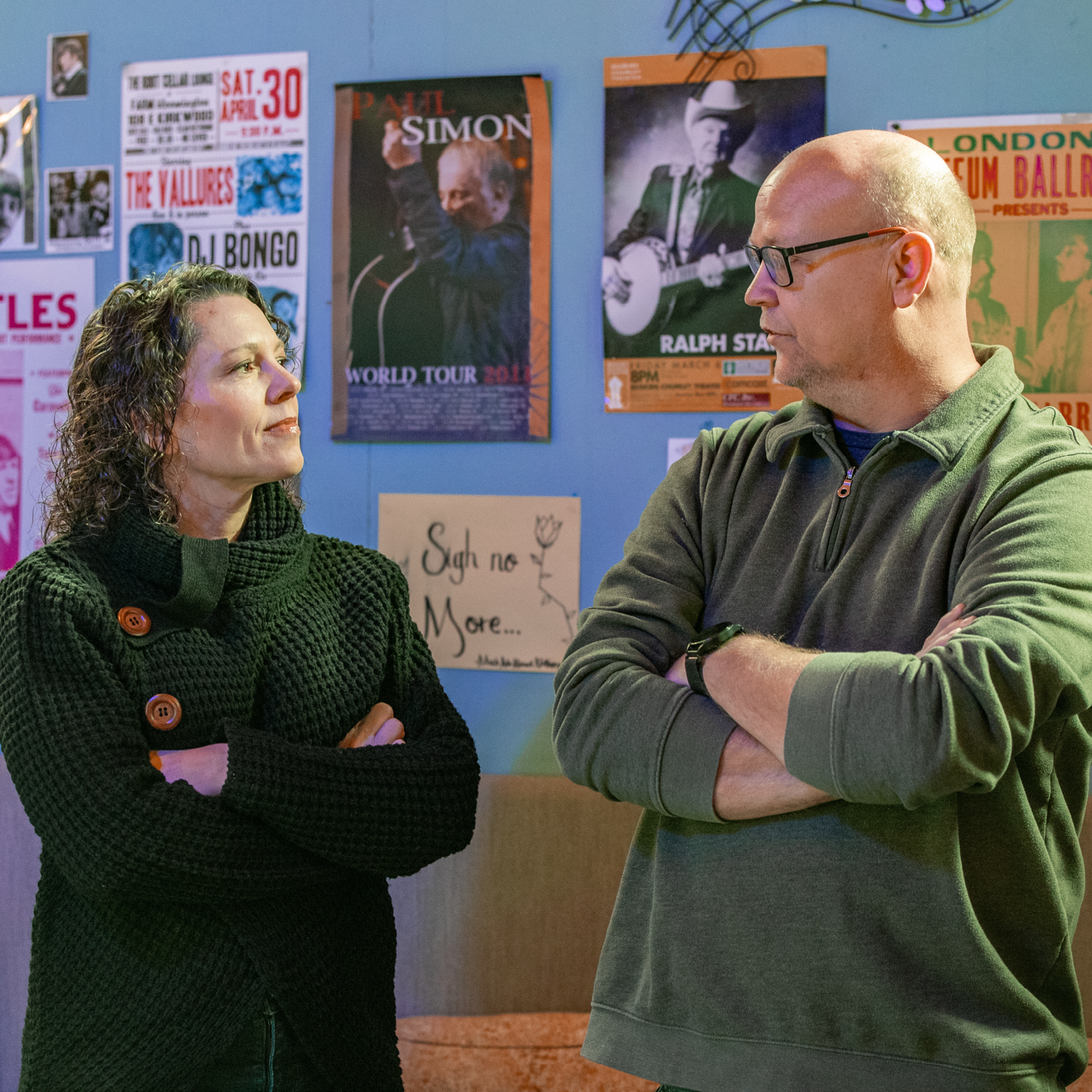
In the last, I would say, seven to eight years, there have been more people using bicycles in town as their main transportation to work. We have no designated bike path whatsoever.
Beth Gabhardt, president of the Daviess County YMCA Board of Directors
A Community Advocate’s Perspective
As a Washington resident and a lifelong cycling enthusiast, Gabhart is acutely aware of the gaps in local bike networks.
“I have been a cyclist for many, many years,” she said. “I grew up in this community, went away just for college at IU and so forth, and then came back. We travel a lot, so just comparing what other places have as far as bike safety, bike routes, bike infrastructure—that was always something that I noticed.”
Years ago, she said, a fatal accident during a group ride brought the issue of safety into sharper focus.
“There was a gentleman in one of the local cycling groups that was killed on a group bike ride,” Gabhart said. “A lot of the community kind of came up like, ‘Oh my goodness. How does this happen? This is on a rural road.’”
In response, she and others developed a community bike ride to raise funds for signage to mark popular cycling routes. More recently, Gabhart said the focus has shifted to urban safety, especially for local workers who rely on bikes for transportation.
“In the last, I would say, seven to eight years, there have been more people using bicycles in town as their main transportation to work,” she said. “We have no designated bike path whatsoever.”
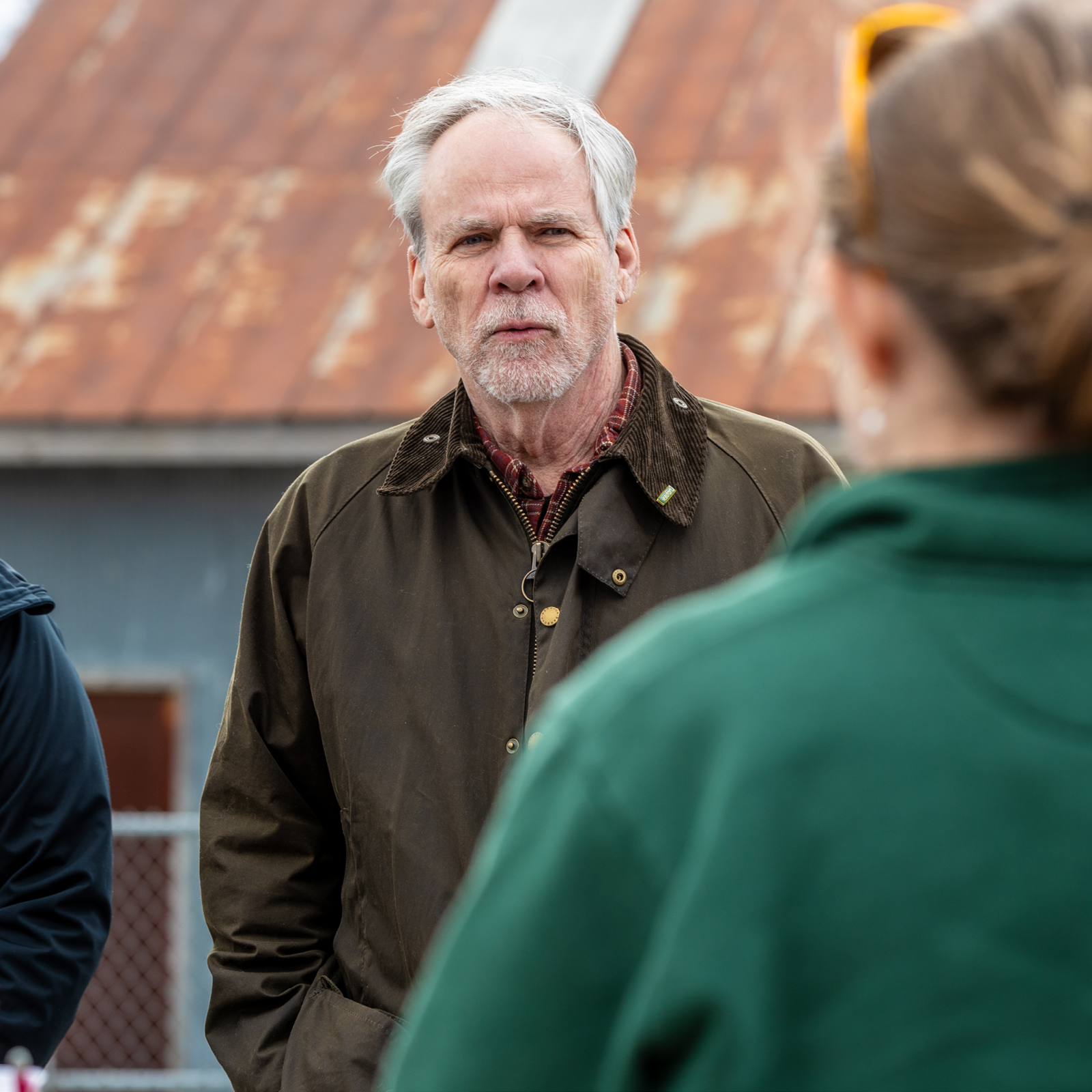
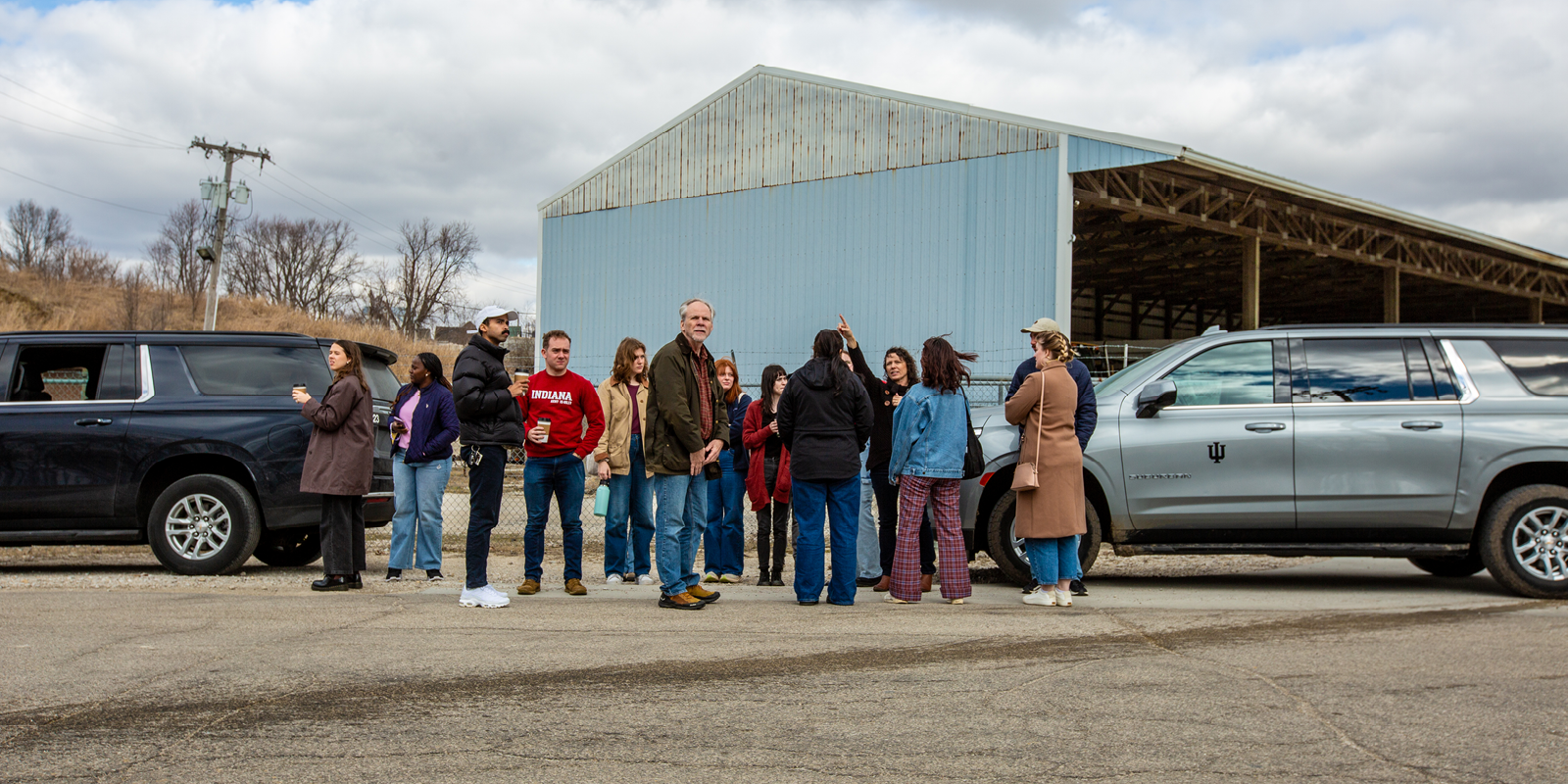
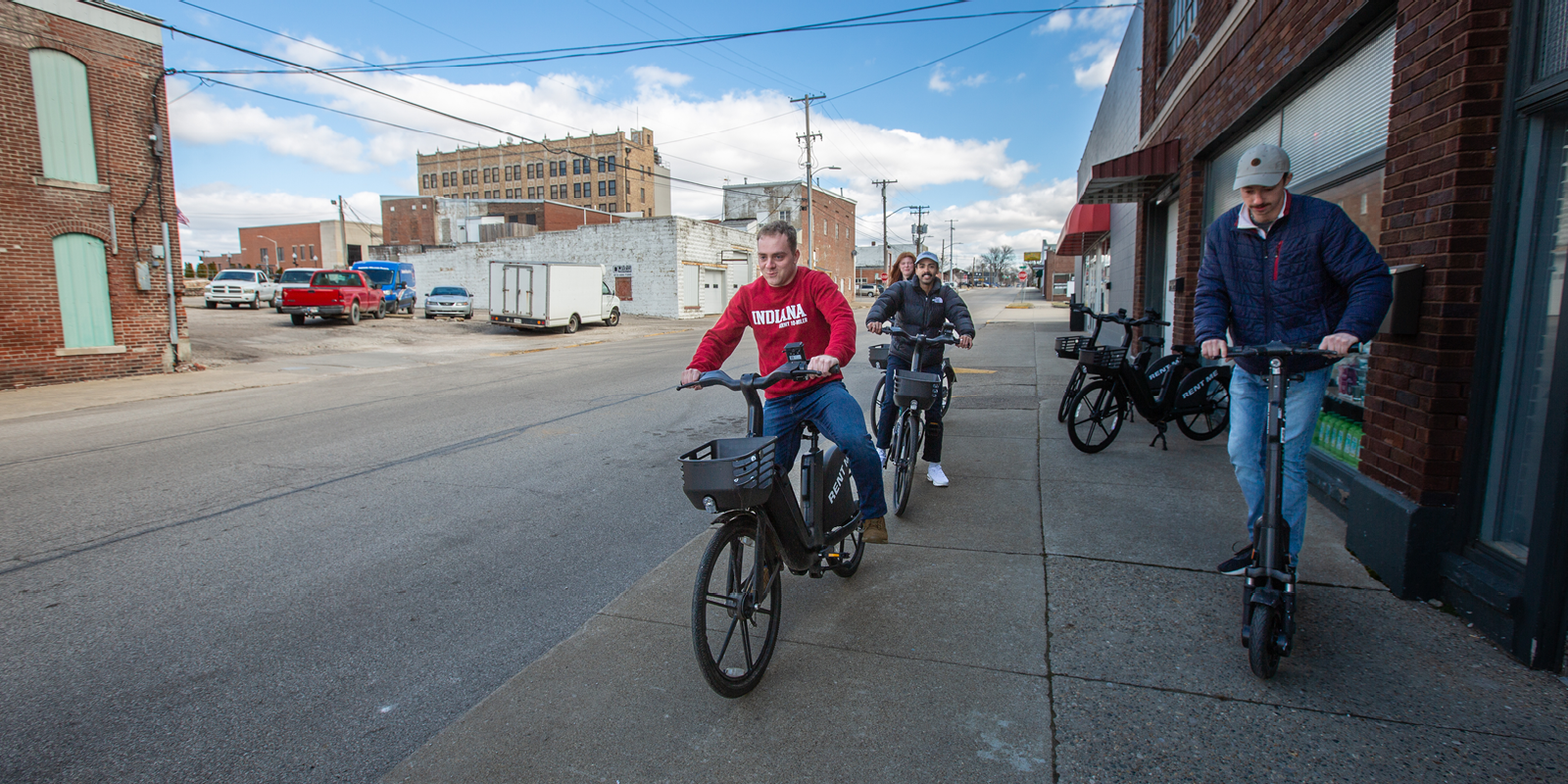
Students visit Washington, Indiana, to get a firsthand look at what it's like to be a pedestrian or bicyclist in the community. Jeni Waters/Indiana University
From the Classroom to the Crosswalk
Gabhart joined the students for a site visit to Washington to see the roads and paths firsthand.
"We loaded up in two vehicles, and I showed the students the route that a lot of the workers take to work for the two main factories that we have in town,” she said. “They got to see in person that some of these streets have potholes. Some of these streets do not have curbing. They do not have lighting. So they got to see firsthand, if you had to bike from here to there, what route would you take, and how would you feel?”
That kind of hands-on experience was a critical aspect of the project, said Burgins.
“This is a planning class, and we filtered the bike and pedestrian safety issue mostly through the eyes of elected officials,” he said. “Providing possible regulations, budgets, promotional campaigns—those kinds of things.”
The students also had the chance to meet with local leaders in-person.
“The mayor showed up, a city council member showed up, and a county commissioner showed up,” Burgins said. “The students were very excited about that. We had a good meeting with them.”
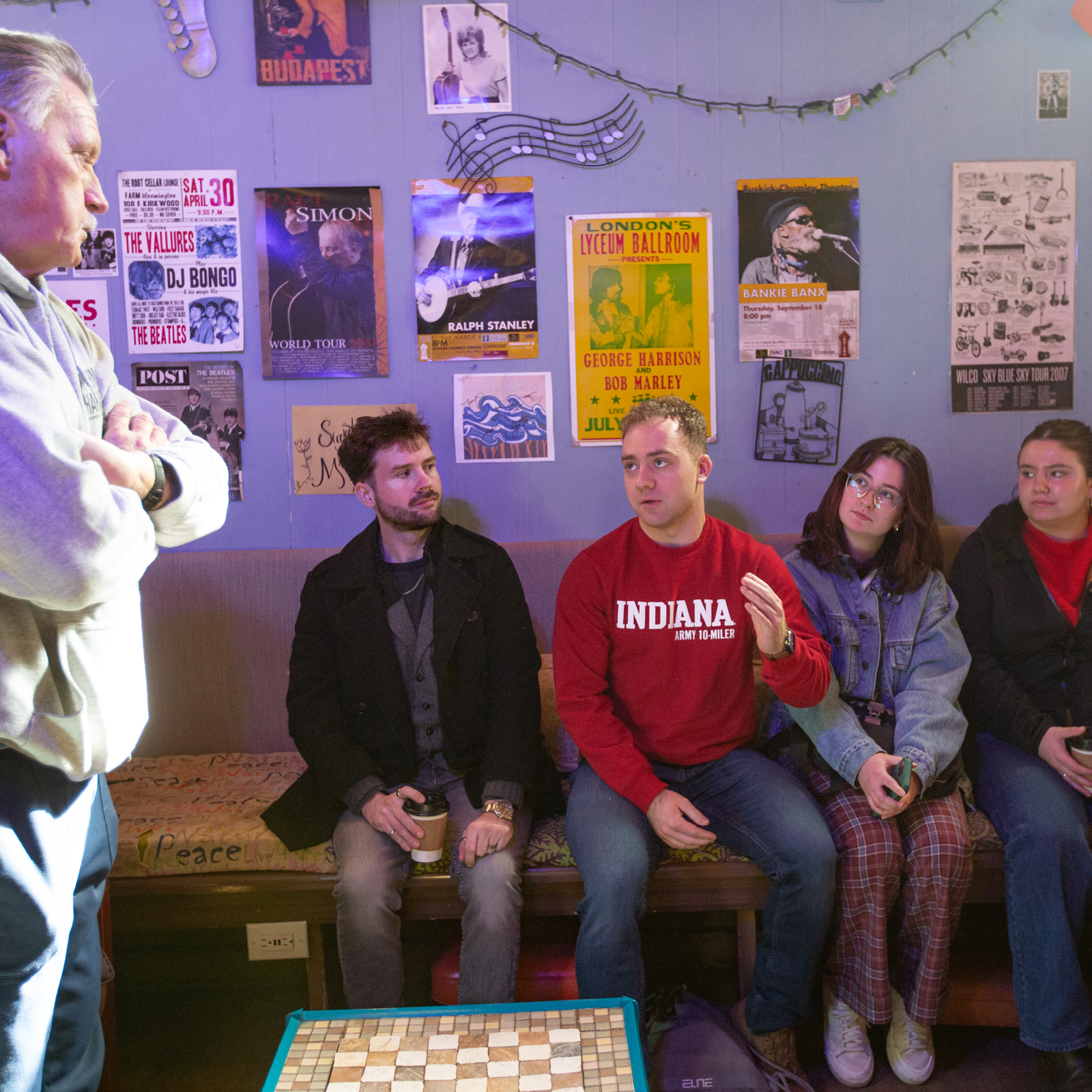
We needed to show that these could be implemented, and they could be implemented within what Washington already has structured.
McKenzie Jones, IU student
Students Lay the Groundwork for Safer Roads
For their proposals, the class broke into teams, each focusing on a unique aspect of public safety. One group explored infrastructure options and pop-up safety improvements. Another developed public-facing materials like an FAQ sheet, social media content, and an interactive map. Others focused on funding strategies, a cost-benefit analysis, and long-term planning frameworks.
One team, composed of students Keeton Gibson, Allison Gross, and McKenzie Jones, took on the task of drafting regulatory tools that city leaders could adopt with minimal cost or delay. Their part of the final proposal to city leaders included a Complete Streets ordinance draft, a city council resolution on the benefits of bicycling, and a mayoral declaration to promote bike safety during National Bike Safety Month.
“We needed to make them not fearful of regulations, because that seems like a big, scary word,” said Jones. “We needed to show that these could be implemented, and they could be implemented within what Washington already has structured.”
Jones came to Bloomington from Denver with an engineering background and experience working with consulting groups and large corporations. She said working with a rural community opened up her worldview in how to approach clients from a more collaborative approach.
“Regulations can be seen as tedious and a little boring and a little daunting, but I honestly had so much fun writing the Complete Streets ordinance,” she said. “It also gives me a lot of respect towards people who have helped establish a code of ordinance in a local community, because it takes a lot of work to get that right.”
Gross said the experience helped her better understand how nuanced rural community public administration can be.
“It helped me understand how much any project is going to rely on local relationships and local context,” she said.
Momentum for a Safer Washington
While not every idea may be implemented immediately, Gabhart sees real potential in the students’ proposals.
“It will probably come in phases,” she said. “But I definitely think the city is interested, because they recognize that a lot of the citizens and the community want to make sure that everyone is safe.”
She also welcomed the fresh ideas and outside perspective.
“I’m very grateful that we have this younger generation looking at this from a different set of eyes,” she said.
Often, rural communities don’t have access to funding for consulting resources to explore and implement safety infrastructure changes. Gabhart said the students’ proposals stood out for being both thoughtful and realistic.
“I appreciate them working getting the wheels turning,” she said.

